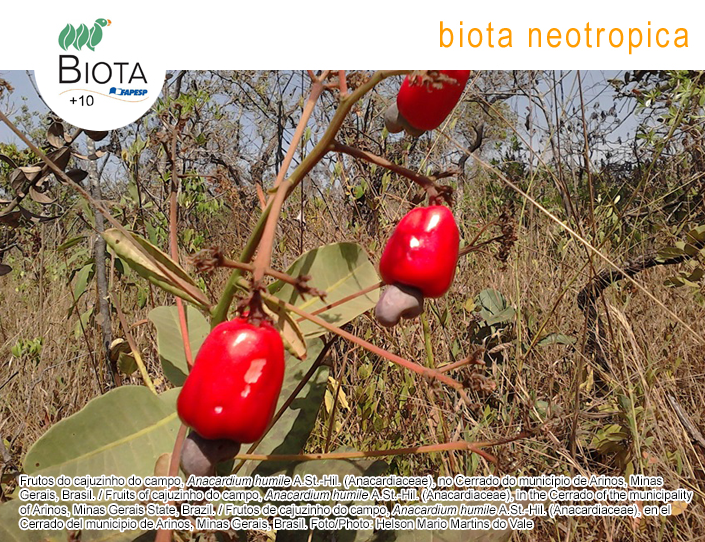Genetic structure and diversity in Neochen jubata (Aves: Anatidae) from the Araguaia River, GO, Brazil
Keywords:
Microsatellite, mitochondrial DNA, Orinoco Goose, kinship, structure populationAbstract
Abstract: The Orinoco Goose (Neochen jubata) is a few-known and endemic Anatidae to South America, inhabiting sandy beaches along medium and large rivers, with a well-developed riparian forest and in swamp savannas and large freshwater baths. Recent data indicate the presence of longitudinal migratory behavior, and despite them, there are no records on the genetic profile of this species. The Araguaia River region, in the municipality of Luiz Alves, Goiás, receives an undetermined number of ducks seasonally, and there is little information about the individuals who visit this place, constituting the ideal scenario for a study able to offer a genetic overview perspective of this species and to understand the relationship between these individuals better. For this, we genetically characterized 61 individuals sampled in three distinct years of collection using microsatellite molecular markers and mitochondrial DNA. Genetic diversity analyses revealed low levels of heterozygosity for all sampled groups. However, they are within the equilibrium proposed by Hardy-Weinberg (HWE), as inbreeding or drift are not acting in these groups. The parentage analysis supports it, showing a high number of unrelated individuals over the years. AMOVA showed a significant difference among groups. These results may reflect the structure of this migratory species in that region, with the paired differentiation test of individuals from 2013 and 2014 being more similar to each other than those from other years, indicating a possible genetic structure diagnosed by the years of capture. However, there is a high allelic sharing among the three sampled groups, suggesting that these individuals are a population that connects over time and that they have a philopatric relationship with the location. The results found in this study constitute an initial milestone for the genetic knowledge of the mallard duck that should be raised in many other genetic studies.Published
2021-01-01
How to Cite
Pereira, M. C., Coelho, T., Werther, K., Andreazzi, R. B., & Morales, A. C. (2021). Genetic structure and diversity in Neochen jubata (Aves: Anatidae) from the Araguaia River, GO, Brazil. Biota Neotropica, 21(4). Retrieved from https://www.biotaneotropica.org.br/BN/article/view/1848
Issue
Section
Articles
